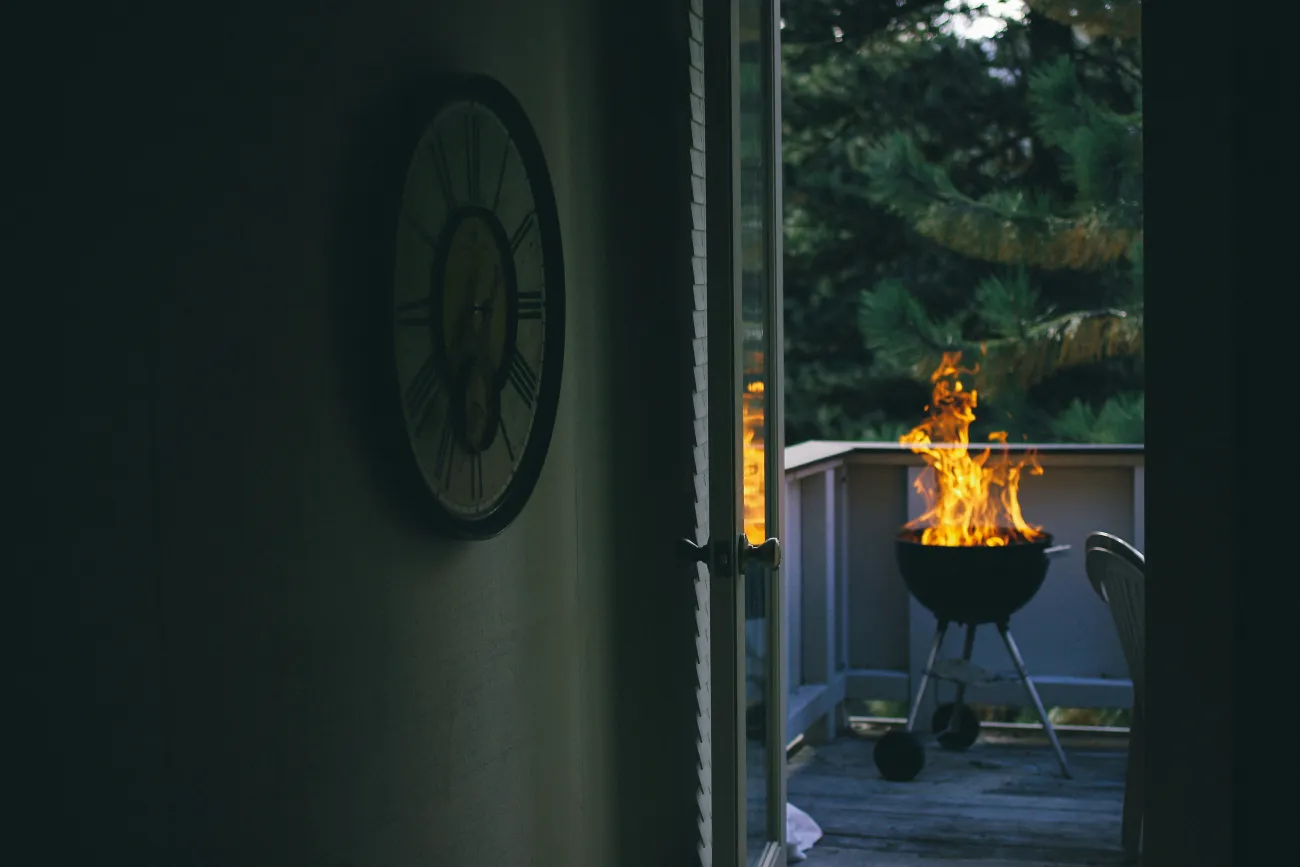1. Introduction
2. What is meant by land use?
3. What is direct / indirect land use?
4. What is land use change?
5. What is direct / indirect land use change?
5.1 Direct land use change
5.2 Indirect land use change
5.2.1 Limitations of the indirect land use change concept
1. Introduction
Over the last three centuries, human uses have come to dominate the earth’s land surface, progressively eroding the area that can be said to be in a ‘natural’ or ‘semi-natural’ state. Of these uses, agricultural production is by far the most extensive user of land globally (Figure 1).

Figure 1: Anthropogenic transformation of the Biomes: 1700 to 2000. Over this period, areas of wild and semi-natural land have increasingly become managed for human uses. Reproduced from Ellis et al., 2010.
What land is used for and how this changes over time is a fundamental driver of changes in local and global climate, ecosystems, watercourses, infectious diseases, and more. Understanding and managing these interactions, is a central challenge for food systems sustainability.
The word ‘use’ in the term ‘land use’ refers specifically the purposes for which land is occupied or managed for human ends. How land use is categorised varies according what it is being categorised for, but common examples include type of cropland, pasture, and settlements.
Under this typology, land that is not being used by humans for any purpose is often designated as being ‘wild’ or ‘natural’ land. Land that is only lightly used by humans, with little disturbance of the natural processes that take place on it is often designated as ‘semi-natural’.
The causes of land use within food systems can be looked at from multiple perspectives.
The direct cause of land use refers to a specific piece of land and how it is being used at a specific moment in time.
Indirect land use differs from direct land use, in that the point at which the 'use' happens takes place later in the value chain, when a product that has required the use of land in order to produce it, is consumed or used by some other process.
The example of cows being fed on both pasture and animal feed to produce milk, provides an illustration of the difference. In this case, cows directly use the pasture land in order to obtain sustenance and to produce milk. At the same time, cows indirectly use cropland to produce milk, via the supplemental feed that they consume.
Land use change simply refers to the conversion of a piece of land's use by humans, from one purpose to another. For example, land may be converted from cropland to grassland, or from wild land (e.g. tropical forests) to human-specific land uses (e.g. palm oil plantations). Certain types of land use change have well known words associated with them, such as deforestation. afforestation, or rewilding.
As with direct land use, direct land use change refers to a specific piece of land, whose use has been converted by humans from one purpose to another. For example, a piece of land used for forestry might be deforested and then replaced by new cropland.
Figure 2 below illustrates the concepts of both direct and indirect land use change. Direct land use change is shown in the middle column, which shows new cropland for bioenergy replacing forest and rangeland in Region 1.
Note that in this scenario, because the cropland used to grow biofuels is entirely new cropland, if doesn’t conflict with land used for food production in Region 1, and so there is no connected change in cropland area in Region 2.

Figure 2: Direct verses indirect land use change from biofuel production. Reproduced from Taylor, 2013..
Indirect land use change takes place when a direct change in land use in one location, is causally connected to a corresponding change in land use in another location. The causal mechanism behind this shift in land use from one location to another is the influence of agricultural markets on regional or global land use.
The case of indirect land use change as a result of biofuel production is illustrated in the rightmost column of Figure 2.
In this scenario, cropland in Region 1 is converted from food production to biofuel production, leaving forest and rangeland areas intact. In a real world situation, this may reflect strong governance in the region preventing the conversion of forests or rangelands, or simply a lack of land suitable for conversion into new cropland.
If the reduced area of cropland lowers the total amount of food crop production in Region 1, yet total demand for that food crop remains the same, the theory behind indirect land use change predicts that market prices will incentivise an increase in food production somewhere else in order to fill the gap between demand and supply. This can happen through:
- Intensification of food production on existing farmland, thereby increasing total output; or
- The creation of new agricultural land area on which to grow additional food.
Often this can lead to production shifting from one region to another (i.e. to Region 2 in the rightmost column of Figure 2). In practice, this means that land use change is exported to locations where there is land with the potential to be converted into new agricultural land, and where the conversion of land is incentivised by weak laws and law enforcement; taxes and subsidies promoting land conversion; and many other factors.
As a result, a change in land use in one location (e.g. Europe) can potentially lead (indirectly) to changes in land use on the other side of the world, often in lower income countries where the ecological cost of land conversion is often high, because of the richness and unique character of biodiversity on the land being converted.
Indirect land use change is an important and useful concept for understanding the drivers of phenomena such as habitat destruction and associated greenhouse gas emissions, but has important limitations.
Attributing land use change (e.g. deforestation) in any one location to a specific change in land use elsewhere is often extremely difficult, due to the need to analyse and track how markets respond to direct land use change in one location, and in turn, the need to explain how the decisions and actions of local people in relation to the management of land in other world regions, will respond to the market change.
The indirect land use change concept is therefore not of much use in explaining specific cases of land use change in specific locations. Rather, it represents one of the many general driving forces incentivising land use change in a specific place and at a specific time.
Where the concept is better put to use is in understanding unintended impacts of land use policies. Here, modelling can combine the effects of land use dynamics and agricultural markets to estimate the amount of land that will been displace from one region to others, as a result of a proposed or actual land use change in a specific location.
However, due to the many variables involved and large degrees of uncertainty, estimates of indirect land use change are also highly uncertain. Estimates should, therefore, be treated as a useful but imprecise heuristic for estimating the total environmental impact of land use change.







Comments (0)